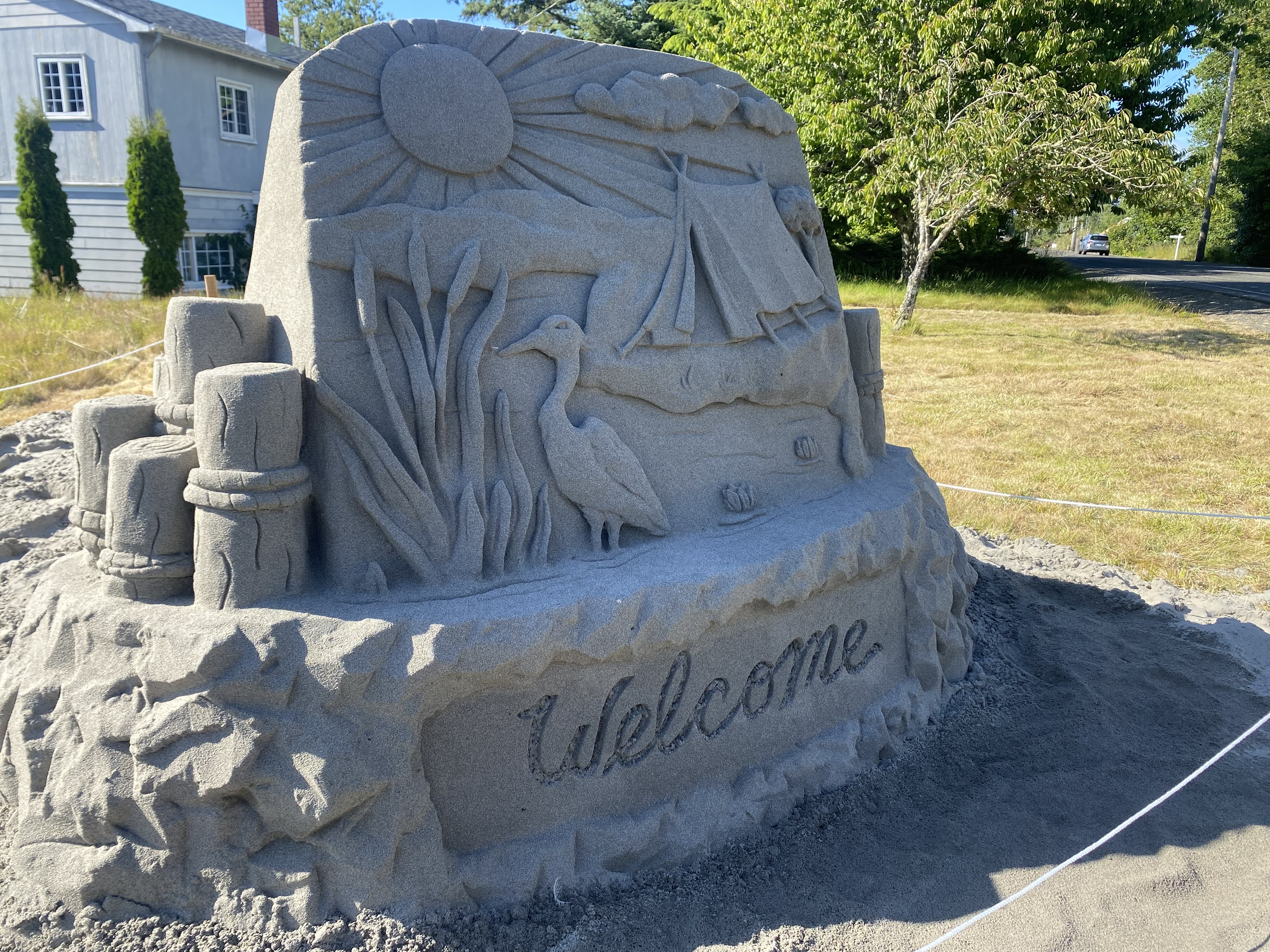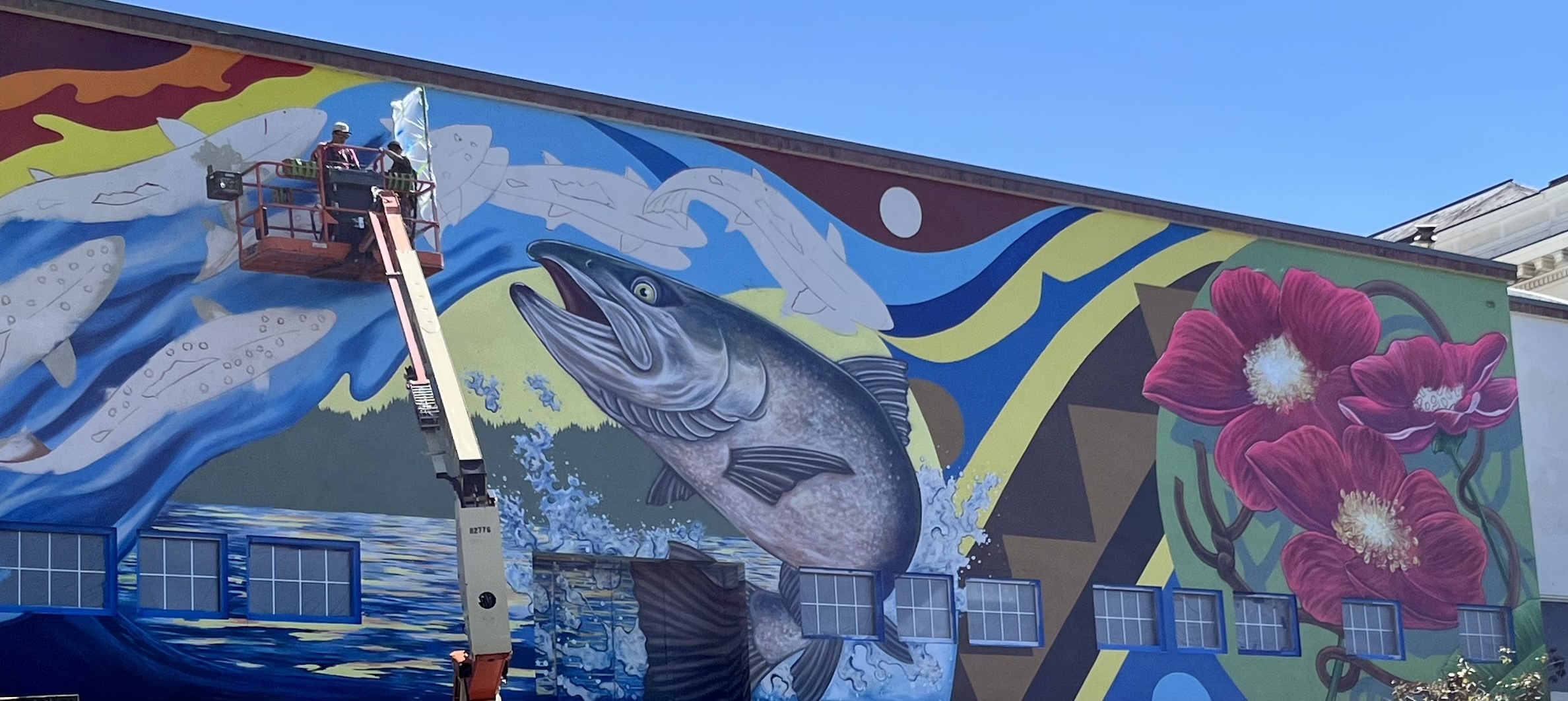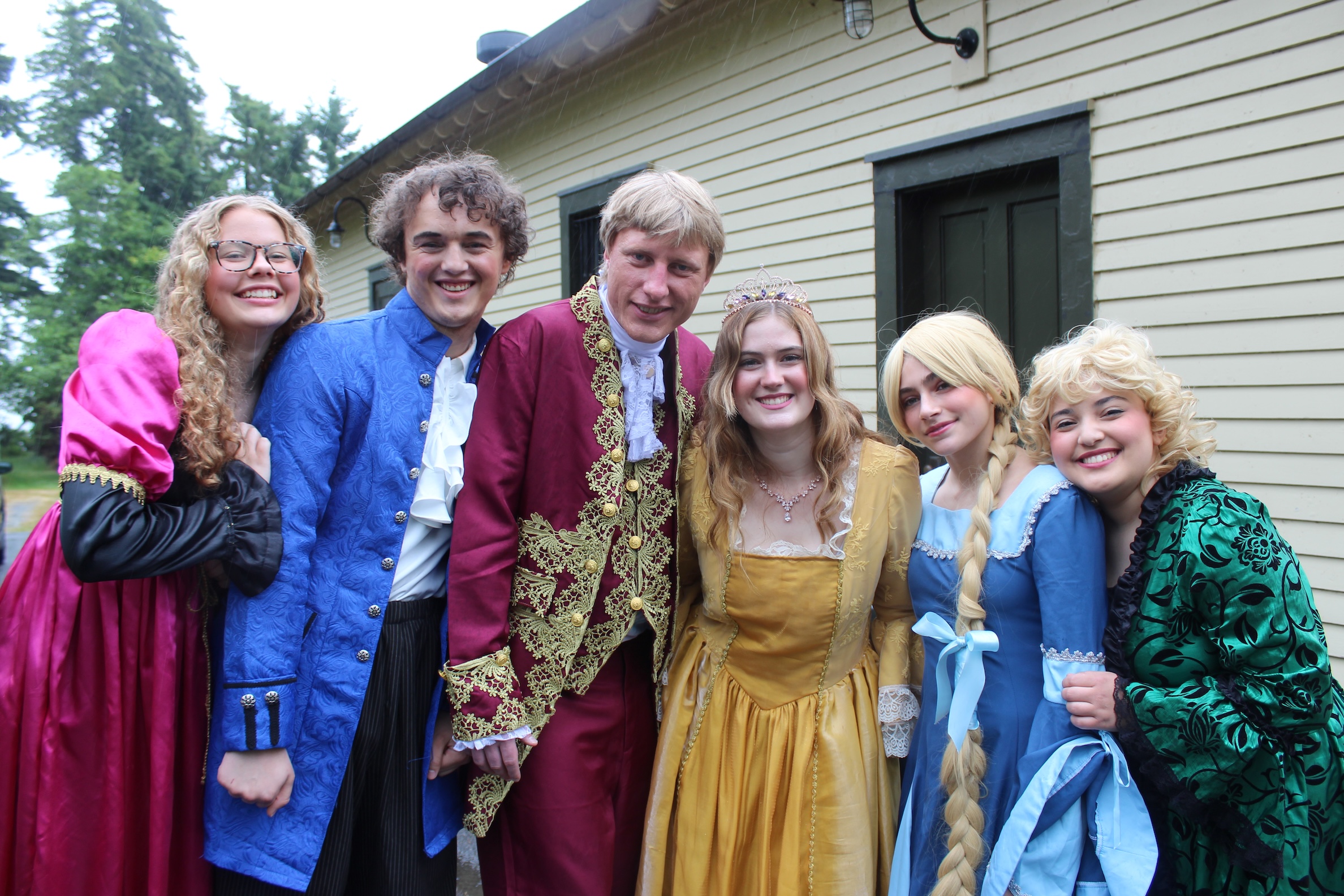Haystack Rock Awareness Program
Published 6:41 am Thursday, March 14, 2013

- <p>From left: HRAP Coordinator Nala Cardillo with volunteers Lisa Habecker, Susan Glarum and Nadine Nordquist.</p>
Haystack Rock inspires greatness. The proud monolith is an instantly identifiable symbol that draws thousands of curious visitors to Cannon Beach each year. It is also a point of pride for those who call the city and its environs home. Thanks to a program run by dedicated staff and volunteers, it has also come to represent one of the best ideals of North Coast life: resource conservation and stewardship through education.
Trending
The Haystack Rock Awareness Program or HRAP is a stewardship and environmental educational program with a mission to protect and promote the intertidal and bird ecology of the Marine Garden and Oregon Islands National Wildlife Refuge at Haystack Rock. Haystack Rock itself was designated a wildlife refuge in 1968. Now a city-run program, HRAP began modestly in 1985, inspired by local high school science teacher Neal Maine and his wife, Karen. During a day of photographing tidepools, the Maines attracted a crowd of curious onlookers eager to learn.
Soon, the Maines, along with local volunteers, realized that this important educational resource could thrive. It became a gathering of like-minded community members seeking to raise ecological awareness, said HRAP Coordinator Nala Cardillo. In the following years, HRAP has educated and inspired tens of thousands of adults and children. They come to learn about conserving natural resources not only at Haystack Rock, but also in their own neighborhoods and backyards.
Cardillo has headed HRAP for four years and continually witnesses the programs evolution. Originally, HRAP was run as a test program over a Fourth of July weekend, she said. It was set up to be a highlight of the busy summer season. When interest in the program began to spike, staff and volunteers with the city of Cannon Beach decided to implement a more permanent beach presence. Now, HRAP kicks off in early spring and runs into September, Cardillo said. In 2012 we offered 154 days morning and evening low tides of programs and presentations.
Trending
HRAP extends to participants a wide range of educational opportunities. The focus is always stewardship and protecting the ecosystem from careless actions. HRAPs extensive interpretive program at Haystack Rock is geared toward leaving an imprint on visitors and helping them be better caretakers of the shared environment. Our well-trained interpreters answer questions on many topics, Cardillo said. They range from the simple, like What is that? to the complex, like What are the ecological consequences of collecting animals or plants from this area? We want to ensure that people leave with a better understanding of how they can be better stewards.
A common question is how to deal with injured animals on the beach. HRAP wants people to realize the adverse effects of interfering with the natural cycle, however noble their intentions are. Birds and animals are known to change their normal behavior if touched by humans. For example, mother seals who beach their babies are known to abandon the infant if human scent is noted. In situations like these, people often mean well. Its in our nature to want to help, Cardillo said. HRAP is designed to help people better understand that each action we take in the natural world comes with consequence.
The diverse habitat of Haystack Rock makes it the logical staging ground for HRAP to share the areas bounty. From Tufted Puffins, to Sunflower Sea Stars, to various crabs and barnacles, the rocks sand and tidepools teem with life. People are amazed at the diversity of life around Haystack Rock, Cardillo said. Whether its seeing an anemone for the first time, or watching swooping pelicans, everyone comes away with a better idea of the place theyve come to. We impress that its not just a rock, but a home.
When it comes to education, groups of all sizes and ages flock to 235-foot Haystack Rock each year. In 2012, HRAP hosted 62,000 people, Cardillo said. That included 50 school groups and adult organizations from around the Pacific Northwest. HRAP offers programs that ensure each group will leave with a stronger understanding of how they fit in with the natural world. We usually offer four distinct round-robin stations, Cardillo said. They are birds and telescopes, intertidal exploration, and zone adaptation. We also have permits from the Oregon Department of Fish and Wildlife for temporary tank displays.
Cardillo knows that HRAP is just one small piece of the puzzle when it comes to environmental stewardship. People are just as key as marine life, she said. We want people to ask themselves What can I do to make the world better? Thats why our volunteers are so important because they love what they do. With the help of HRAPs knowledgeable staff and volunteers, it is possible for everyone to identify each intricate piece and become a responsible part of that puzzle.
To learn more about HRAP scheduled presentations or to become a volunteer, visit www.ci.cannon-beach.or.us
To donate to the program, visit the Friends of Haystack Rock at www.friendsofhaystackrock.org or email them at fohrap@gmail.com









